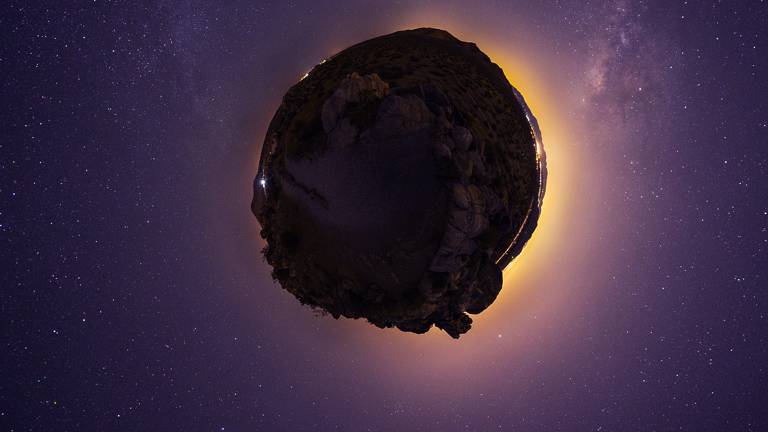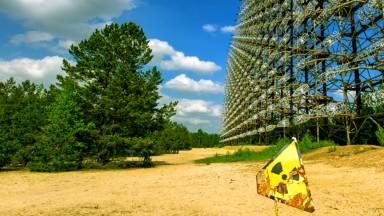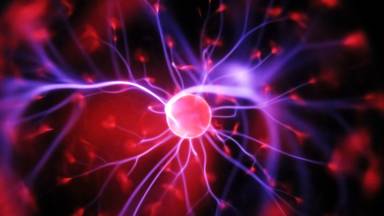
If an asteroid were on a collision course with the Earth, would we know how to save ourselves? The case for dinosaurs did not go very well, but just like every other field, we humans have an advantage that others don't have: The power of Knowledge. We can utilize the state of the art technologies that can secure us from dangerous astronomical objects.
June 30th is celebrated as "Asteroid Day", set up by the United Nations to raise attention to asteroids that reach within 45 million km from the Earth's orbit (the Near-Earth Objects or NEO) and that could be dangerous or could cause damage to our Planet.
NEO Impact is not that much rare!
The date is not chosen randomly. On June 30, 1908, at around 7:00 am, a rocky fragment of unspecified nature exploded 5-10 km above the ground above the Podkamennaya Tunguska, a river in central Siberia. The Tunguska event released an energy equivalent to 185 Hiroshima bombs and generated an earthquake of grade 8 on the Richter scale, knocking down at least 60 million trees over an area of 2,150 square kilometers!
Where do we stand now?
By January 2019, 19,363 near-Earth asteroids had been identified of which 1,955 were deemed potentially dangerous. The main threat is dedicated to astronomical objects of medium size, with a diameter between a few dozen and a few hundred meters. The impact of one of those rocks could damage a densely-populated city or area, and most of it they have not been discovered yet. Objects larger than 300 meters in width are easier to spot and have mostly been located.
Defense Plan
If we discover an object that has a high risk of entering the Earth's orbit and becoming dangerously close to our planet early enough, it becomes possible to estimate the eventual place of impact with a good probability and coordinate evacuation measures.
The identification of NEO that could develop a threat follows a precise procedure. The reports of space agencies, probes, telescopes, private space companies, and many other sources are used by the Minor Planet Center (MPC) of the International Astronomical Union to collect and store data related to the minor planets of the Solar System, measuring their orbits and making the information publicly available.
From the accumulation of their observations it can be concluded if it is the case to spread an alarm to the national civil authorities of the affected areas, to the United Nations or to other institutions able to coordinate evacuations and rescue (a general trial of this chain of operations carried out last May did not go very well. We must work on the timeliness of information).
A Precious Resource
On the occasion of Asteroid Day 2019, ESA presented the HERA mission, the first probe that will visit a double asteroid - the Didymos system, among the thousands of astronomical objects that could pose a danger to our Planet. A definitive decision will be made in November, to make it clear whether a similar space mass could be redirected, in case it started to hit the Earth.
The video below is an exceptional guide for explaining the project: Brian May, Queen's astrophysicist-guitarist. Graduated in Physics and Astronomy from Imperial College London, May earned a doctorate in Infrared Astronomy which he completed in 2007, at 60, after the long "parenthesis" devoted to the musical career. In 2015 he collaborated on the New Horizons mission.
Watch the Video:









